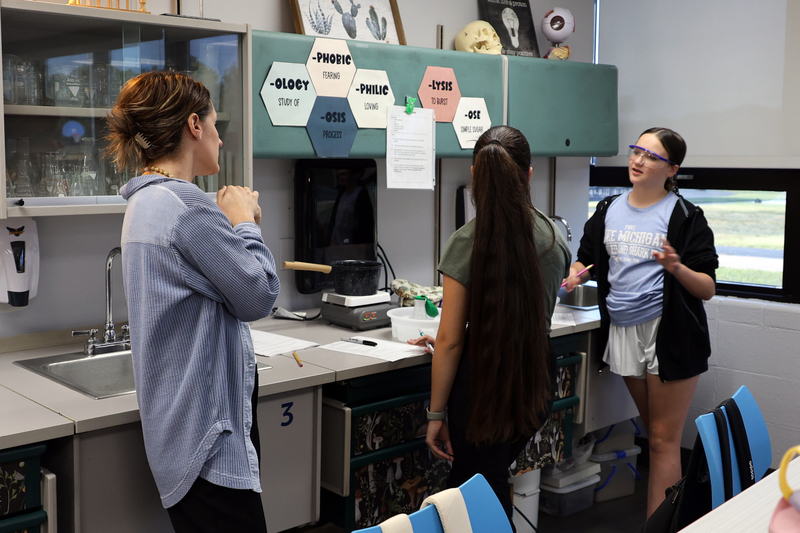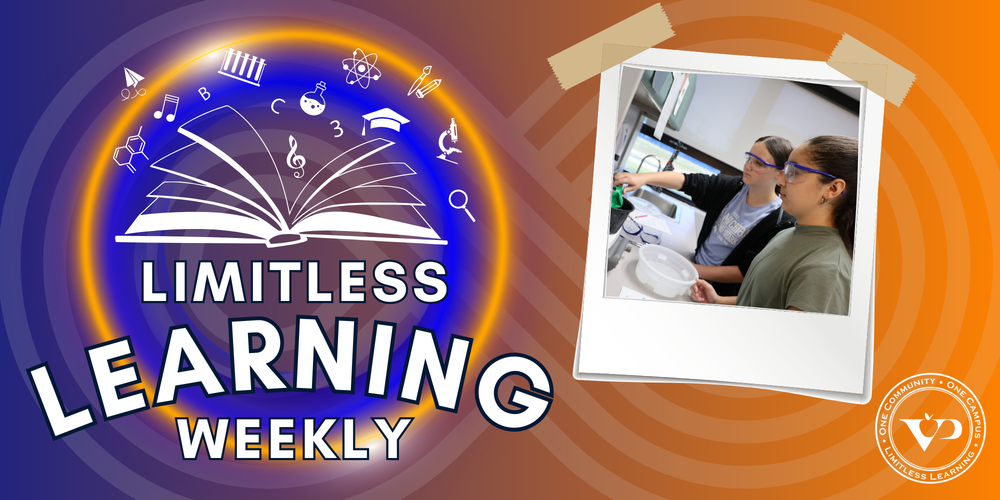Seventh grade students recently had the chance to bring science to life through a series of interactive lab stations focused on thermal energy. At each station, students explored how temperature affects particle motion, using hands-on activities to model and observe these changes. From simple experiments to real-world examples, the stations helped students connect what they’re learning in class to the everyday science around them.
While students rotated through the stations, their teacher, Mrs. McDonnell, also took time to meet one-on-one with each student. Together, they reviewed individual NWEA fall results and set personal goals for the winter benchmark. The NWEA is a benchmark tool used in science to measure student learning growth, giving both students and teachers a clear picture of progress and areas for improvement.
Gloria McDonnell reflected on the value of this approach, sharing, “When students take charge of their own learning through activities like stations and even setting goals for benchmarks, they don’t just remember the content, they get more confident, independent and motivated to keep learning on their own.”
By combining engaging lab experiences with personalized goal-setting, students not only deepened their understanding of thermal energy but also strengthened their ownership of their learning journey.
See learning in action. Click the photo below for more pictures.

